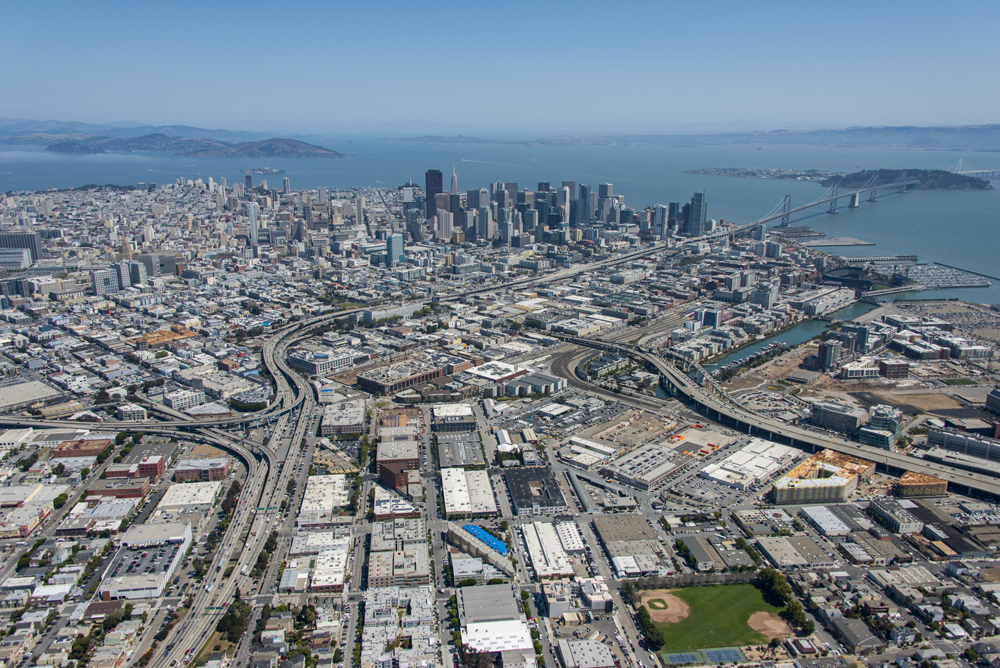San Francisco CRE News:
Prop W to Raise Transfer Tax on Real Estate Sales
This November, in addition to the affordable housing measure (Prop U), San Francisco voters will also have Prop W on their ballots–otherwise known as the “Real Estate Transfer Tax on Properties Over $5 Million.” Authored by Supervisor Kim, the measure proposes increasing the rate of transfer tax on sales from a current rate of 2% to 2.25% on properties valued at $5-$10 Million; from 2.5% to 2.75% on properties valued at $10+ Million; and, from 2.5% to 3% on properties with a value in excess of $25 Million.

According to the Examiner, the transfer tax will not change on properties valued under $5 Million, which are currently taxed on a progressive tax schedule, with the lowest tax rate of “.68 percent for sales that are more than $250K and less than $1 Million.”
The majority of the Board of Supervisors support the Measure, but Prop W has its opponents as well, namely the San Francisco Apartment Association who fears the tax will have a negative impact on renters–in a city that already has some of the highest rents in the nation.
Related Article: San Francisco Business Times – Prop W
420 Taylor Street Sells for $45 Million
According to BISNOW, the 78,000+/- square foot office building located at 420 Taylor Street in Union Square has sold for $45 Million, or $576 a square foot.

420 Taylor Street Lobby
420 Taylor “previously was the headquarters for NBC radio affiliate KNBR … and was the first air-conditioned building in the city. It had a secret entrance from the Clift hotel so the celebrities could sneak into the studio undetected. The secret entrance still exists, but is no being used,” the article reports.
Slated Potrero Hill Development would transform industrial warehouse property into dorms for Students of CCA
Socketsite has reported that the corner of Arkansas & 17th Streets in San Francisco’s Potrero Hill neighborhood is planned for a full transformation from a single-story industrial building to a “building (that would) rise up to 48-feet in height” with ground floor retail, bike storage, and a multi-purpose room for students.

75 Arkansas Street
As industrial spaces continues to disappear in San Francisco as zoning designations change along with redevelopment projects, warehouse and production facilities may become even higher in demand–and/or manufacturers make be forced east and south seeking industrial product.
San Francisco Office Leasing Plummets in Q3
Roland Li of The San Francisco Business Times has reported that office leasing activity in San Francisco has fallen to “the lowest third-quarter activity since 2001.”
While this dramatic decrease may signal a major real estate cool down on the horizon, some industry experts believe the drop in activity is due to the “overheated” market in the past few years. Amber Schiada, director of Northern California research at JLL, is quoted as stating that she “expects rents to stay flat for the next year, but no major downturn (and that) people shouldn’t worry,” the article reported.

Because office rents have soared over the past consecutive 12 quarters, driven by start-up and tech giants leasing mammoth sized spaces, many other smaller office tenants have been driven from the city. Leveling rents brought upon by the slowdown in office leasing activity could “bring some relief for Tenants”, suggests Li.
Deutsche AM Acquires 35 Property Portfolio
Randyl Drummer of CoStar has reported that Deutsche AM has acquired 3.3 million square feet of industrial properties spanning from San Francisco to Chicago:
Deutsche Asset Management has purchased a 19-property industrial portfolio from International Airport Centers (IAC), with properties totaling 3.3 million square feet in seven U.S distribution markets.

The portfolio consisting of 35 buildings in the Los Angeles, San Francisco, Seattle, Dallas, Chicago, Portland and San Diego markets. The portfolio is 99% leased to 76 tenants, with an average tenant size of about 40,000 square feet.
Deutsche AM’s real estate investment business acquired the portfolio on behalf of an institutional investor through direct negotiations with Perlmutter Investment Co., the seller’s investment advisor. Deutsche did not disclose the sale price or other terms of the sale which closed Sept. 22.
“The portfolio’s geographic diversity across large distribution hubs and stable tenant base makes it an attractive investment,” said Todd Henderson, head of alternatives – real estate, Americas.
Deutsche Asset Management’s real estate investment business, part of the bank’s alternatives platform, had $53.6 billion in assets under management as of June 30.
Frankfort, Germany based Deutsche Bank AG, under pressure to shore up its weak capital position, has been advised by some analysts to sell the lucrative asset management business, which is said to be worth up to $9 billion.

